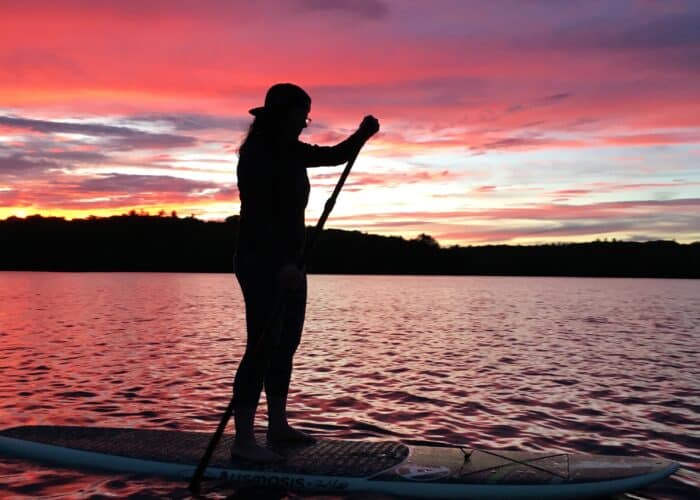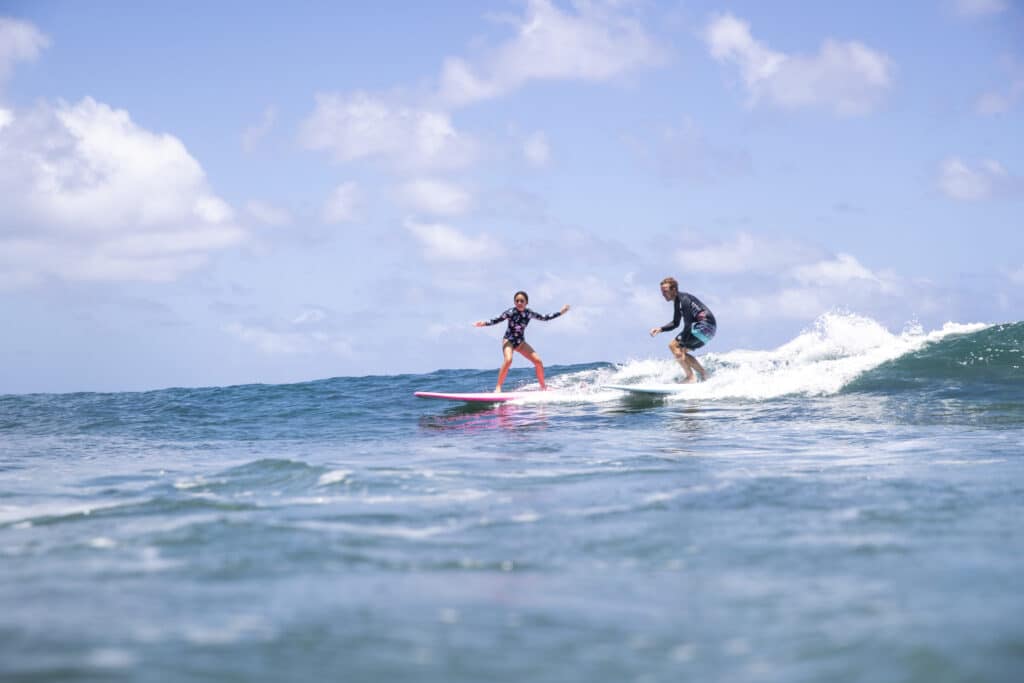
Surfing is never easy, but it’s one of the most addicting and fulfilling things a person can do in or out of the water. The harsh reality of surfing is that it’s mostly waiting and paddling. The time we spend wave riding is nominal to the total time we spend in the water. Yet, despite all the effort and frustration, we keep coming back for more because nothing can compare to gliding across a wave’s face. Whether you’re just getting started on your surfing journey or you’ve had a few lessons here and there, we’re confident that our team of expert surf instructors at our North Shore Surf School will have you up and riding in no time. The team at JOB Surf Experience has been riding waves for a long time, and we have a few tricks up our sleeves that will help you progress more quickly on your surfing journey. For 5 Overlooked Surf Tips for Beginner Surfers, continue reading below.
“Server Hands” for going down the line backside
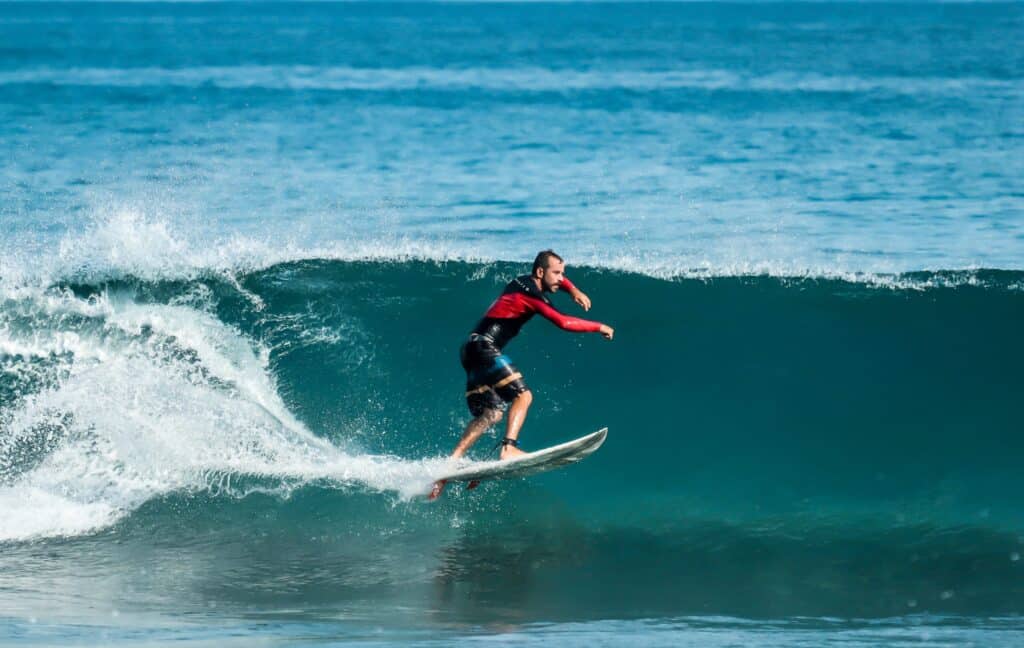
Riding cleanly down the line, rather than straight towards the beach, is one of the major milestones in surf progression. Once you feel the glide of the wave’s open face, you’ll be hooked for life. Most surfers find it substantially more difficult to ride cleanly down the line going backside. The key to riding down the line backside is to square your shoulders down the line and face the direction you wish to surf. For surfers having trouble facing down the line, it may help to imagine they’re holding a server’s tray or cups in each hand. That way when they turn and face down the line, they have to turn as though they’re holding a large tray, which will require them to turn both shoulders and point down the line. Server’s hands may seem like an unusual surf tip, but it’s highly effective.
Lift the board out of the water as you turtle roll
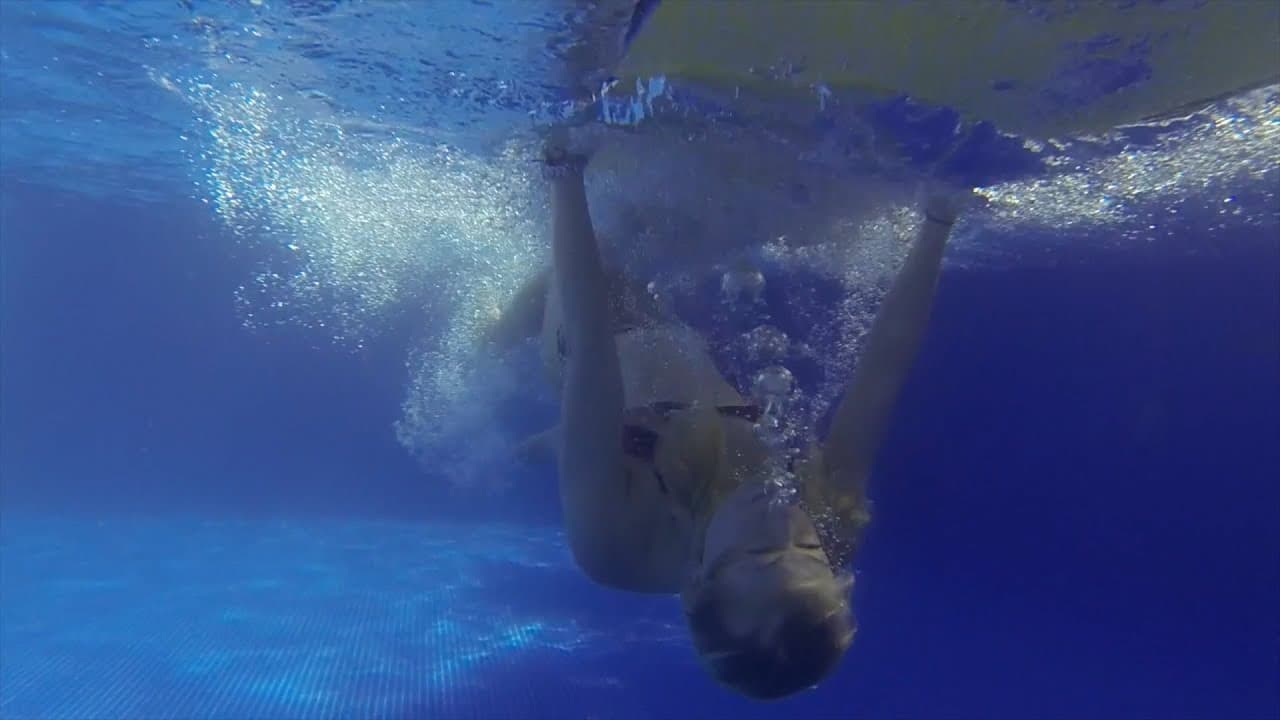
Turtle rolling is an effective way to get out to the lineup when you’re riding a board too large to duck dive. To turtle roll, begin when the wave is approximately six feet away by grabbing both rails and rolling off your board into the water so that you are submerged underneath the board, holding it tightly. A helpful surf tip to make sure you don’t lose ground as the wave crashes over you is to lift the board slightly out of the water and allow the white water to pass underneath your board.
Aim your board as you take off
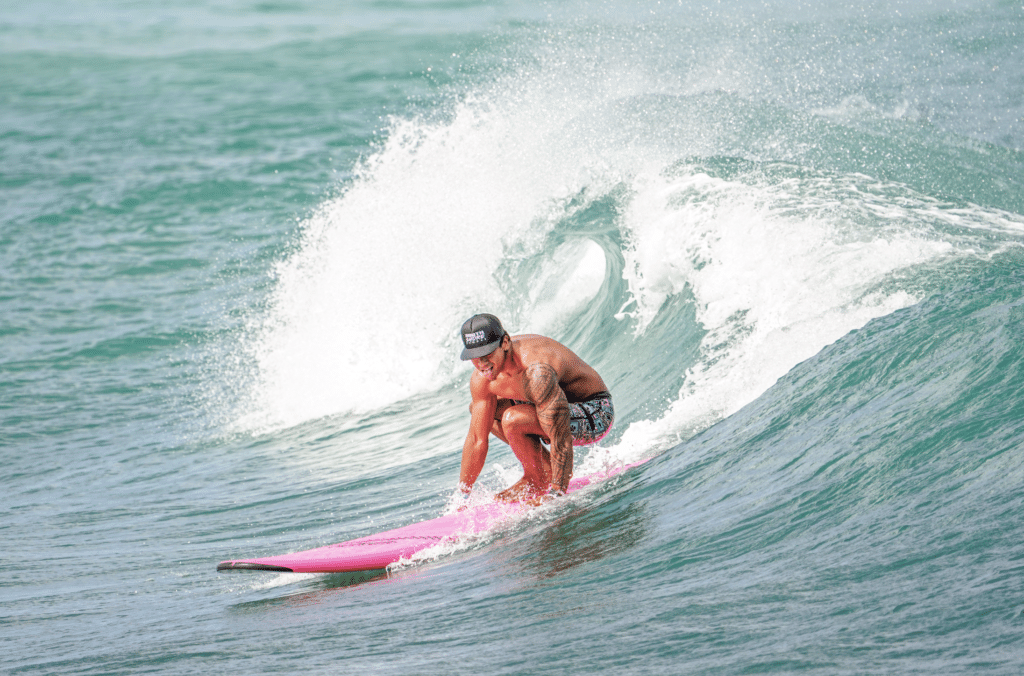
As we mentioned above, riding cleanly downline is an important benchmark in surf progression. One way to ensure you take off down the line is to aim your board in the direction the wave is breaking as you paddle into the wave. As you paddle for a wave, paddle at a slight angle in the direction the wave is breaking. Paddling the direction the wave is breaking allows you to take off down the line and increases your chances of making a fast-breaking wave.
Wear a rash guard
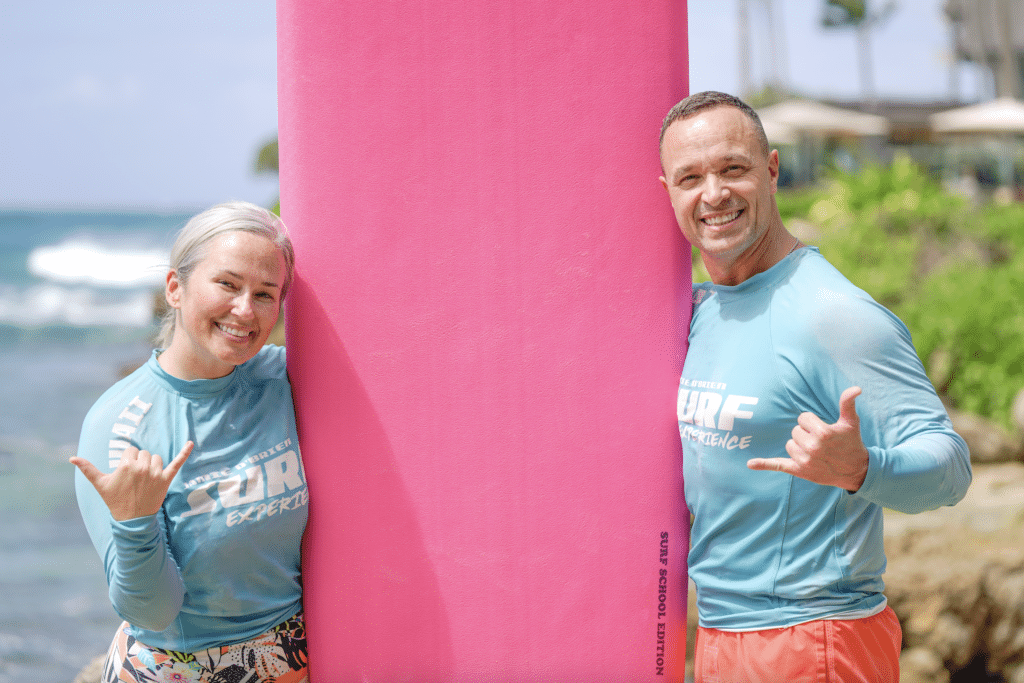
This may not be the type of surf tip that will help you progress toward mastery, but it will save you some pain and discomfort and allow you to surf for longer. Not only do rash guards keep you safe from sunburns, but they also protect your skin from chaffing caused by the board. Experienced surfers can easily surf without one cause their skin is used to being in the water for long hours. New surfers often find the combination of salt water and the rough surface of the surfboard to be more than their skin can handle.
Surf a longboard
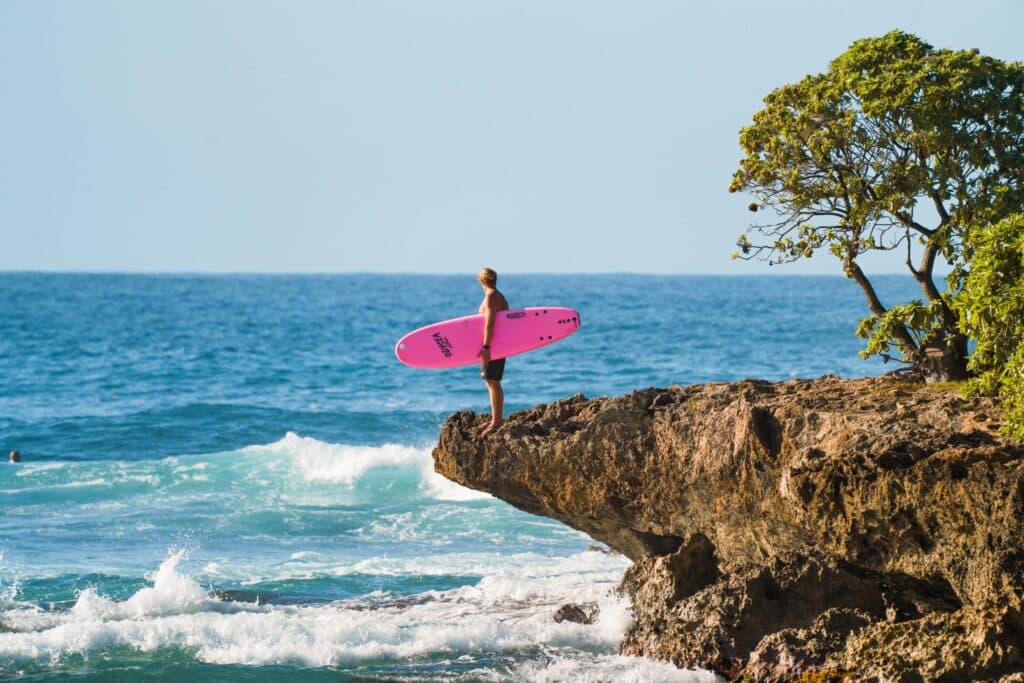
We cannot stress this surf tip enough. If you’re a beginner surfer, do not rush into surfing smaller boards too soon. New surfers should spend adequate time on a longboard before they transition to small shapes. Beyond mastering riding down the line, beginner surfers should learn to trim and turn a longboard before they pick up a mid-length or shortboard.
If you’re a beginner surfer looking for the experience of a lifetime, book a stay at Turtle Bay Resort to stay close to the action on the North Shore and near our North Shore Surf School. The calm waves in Turtle Bay provide the ultimate learning environment for beginner and intermediate surfers.


